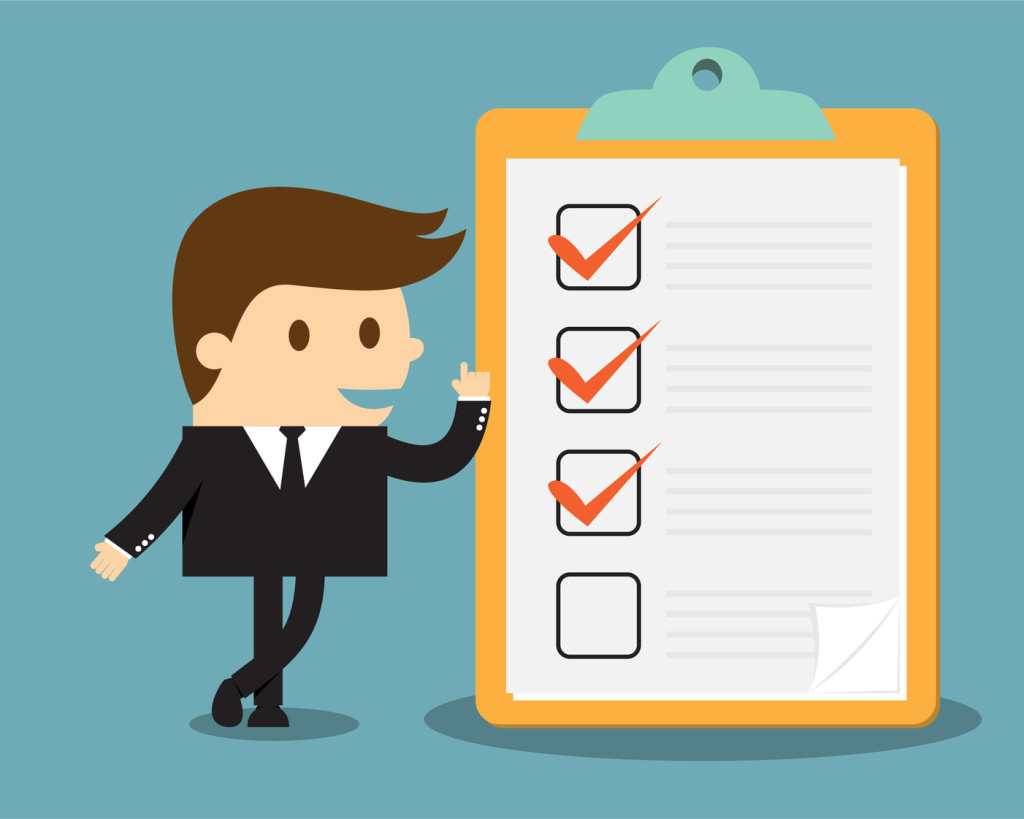4 “must-haves” of high converting copy
First-class copy is the best way to attract and convert prospects into customers, and customers into repeat buyers. But like so much of conversion optimisation and digital marketing, it is not easy to produce.
That’s why we’ve listed these four absolute essentials of high-converting copy. If you can nail down these characteristics, you’re well on your way to producing some high-converting copy.

1.) Be clear
The type of content you produce/share is closely related to the product you sell. Users need to understand what your product is, and in order to convey that, you must have clear copy. Clarity is more important that humour, more important than grammatical perfection, more important that anything.
Clarity is about understanding. If users don’t understand your product, they won’t buy your product.
2.) Be casual
We’ve got to break away from stiff and formal writing. Write like you speak! Use simple words and be direct! No one wants to read a landing page that sounds like a university essay. Here’s a few tips to make your writing a little more casual and a lot more engaging:
- Break grammatical rules – incomplete sentences, expressions, colloquialisms and slang are A-Okay!
- Try dictating your copy rather than writing it. Pretend you are telling a friend about your product.
- Refer to the reader as “you”.
3.) Make sure you’ve got a killer headline
On average, five times as many people will read your headline over your body copy, so you had better make it good. A great headline convinces more people to read your copy while a poor one sends them searching somewhere else.
And you don’t have to stop at just one headline. As long as you space them out, size them appropriately and back them up with great content, use as many headlines as you want!
4.) Good copy is easy to scan
Great writers make sure that the content they produce is scannable. It’s not just about breaking things up visually, but rather an entire approach to writing altogether. So, what makes your content scannable?
- It has short words.
- It used short sentences.
- In contains plenty of visuals – they break up your copy and make it more engaging.
- It uses bullet points – they’re short, powerful and direct.
- It’s utilises “white space” – no walls of texts here!
- It contains headlines and subheads.
So you see, it’s just that simple. If you can improve your copy, you can improve you conversions.
What else would you consider to be a “must-have” of high converting copy?
Want to find out more ways to improve your content marketing strategy? Talk to BT Managing Director, Steve Ballantyne. steve@b2bpartners.nz
Or download our ebook, The Superheroes of Digital Marketing, for free!









